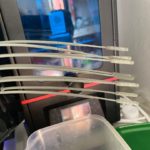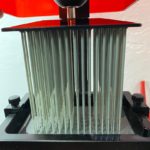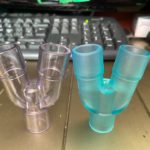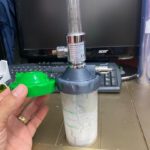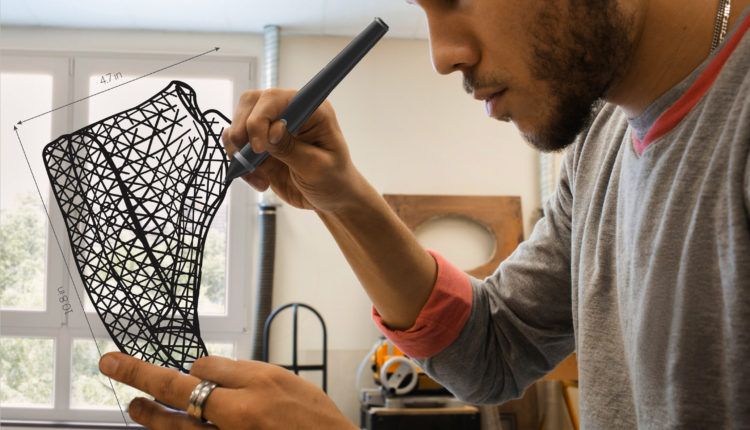
The ‘Maker Movement’ in Cuba catapults to the fore
There have been a variety of recipes. But from the traditional “do-it-alls” to the “makers,” there is a perceptible technological difference. The combination of creativity, agile and efficient response, the process of automation, local production, interdisciplinary output, and entrepreneurship, these persons only lacked the technological component to provoke a revolution of paradigms: Converting an idea into a concrete, tangible product in a few hours, without going elsewhere. It was a straight jab to the face; neurons working at 10,000 revolutions per minute.
Additive manufacturing technologies, or 3D printing as it is known commercially, are disrupting customary business models in communities around the world through the re-appropriation by individuals of the means of production. Manufacturing, as an economic activity, has moved from the large factories and maquilas around the globe to small locations run by individuals, small groups of entrepreneurs, and cooperatives.
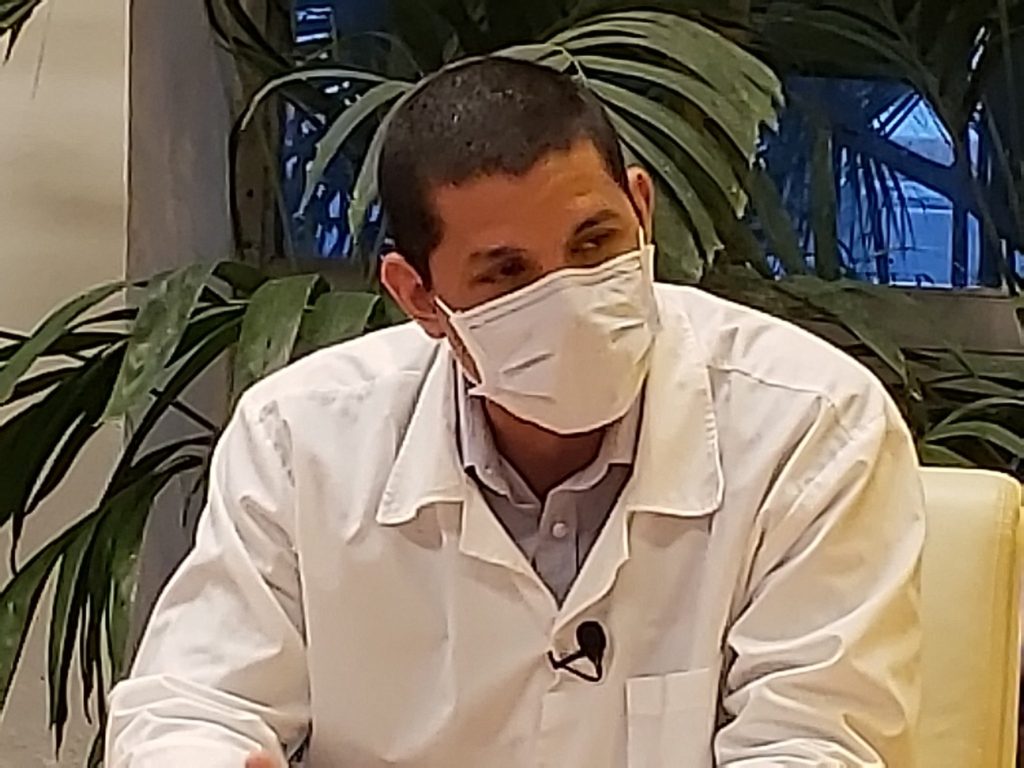
‘Makers’ is a term coined by Wired magazine. The movement has existed in Cuba for a long time. Perhaps not under this name, and not endowed with these types of tools which are relatively new, but the ethos and fundamental principles on which it is based are the same as those of these ‘fixers’ who know about everything and can repair almost anything, and are quite common in our country,” explains designer Abel Bajuelos Rizo, who leads the 3DFab CREARTe digital manufacturing workshop.
It is known worldwide as the “Maker Movement,” and although for some years now there had been several people in Cuba involved with these technologies (and philosophy) in small businesses, it was not until the current coronavirus situation on the Island that their potential was brought to the fore.
With the also relatively new — less than two years — access to social platforms from mobile phones that more and more Cubans have, communication and organization via the networks has been expedited. In these groups, “the first thing that emerged was the country’s need for masks and protective equipment. We started to produce masks for front-line personnel: doctors, people in hospital wards, technicians, and others,” says Erick Carmona Padrón, a 34-year-old engineer and creator of Alasoluciones, an undertaking in the Mayabeque province developing several lines of technology applied to production.
As happened in other countries, local production of these masks in small workshops in various provinces and municipalities was also in the news here. There was also the case of the manufacture of parts for the respirators that the COVID-19 patients needed which could not be purchased from the big manufacturing companies because of the U.S. blockade on Cuba.
“We had been monitoring the disease and what had happened in Italy and Spain,” Bajuelos explains, “and with these self-managed networks organized by the people themselves, who even organized the logistics to distribute this equipment. (…) A very agile dynamic was created and, for example, when we ran out of material after already having made a good number of visors, we set things in motion and the Ministry of Industry, and Cuba’s National Office of Design (ONDi), distributed materials needed so as not to stop our production.”
Ileana Diaz, coordinator at the Entrepreneurship Network of the University of Havana, says that the potential of these technologies in the hands of entrepreneurs is clearly an organic source of innovation and creativity. “Private entrepreneurs do a lot, and could do a lot more if they were really considered an actor in the economy if they were accorded all the rights and duties, and if they were to link with the state enterprises,” she says.
The Entrepreneur Network coordinator explains that there are many areas they could impact. In construction, she says, there are some doing wonders with finishes without using cement using natural products from our country. Specifically in the case of additive manufacturing, there are several examples of necessary parts in the health sector, but also of spare parts in many other industrial sectors that normally have to be imported. You can also substitute imports in food production. “You are seeing creativity right here in Cuba. There’s no need to look for it elsewhere,” she insists.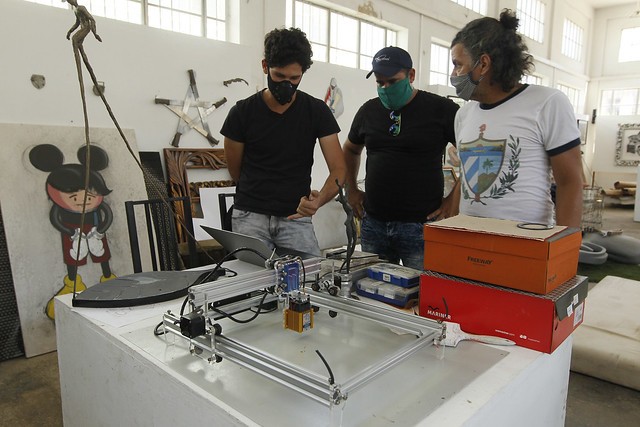
Examples are numerous and varied. Erick Carmona developed drones in 2017 with the Cuban Aviation Club that were used to take aerial shots of the areas of Havana affected by the 2019 tornado. These are one of the few drones on the Island that are not imported. He has also made pieces for cooling ducts used in construction in Mariel. “I think we have many possibilities in the area of process automation, of automated cutting machines and tools,” he explains. “With the automation of a lathe, for example, you could make parts for cars, spherical parts that are all currently imported, and that today cannot be made on a mechanical lathe.”
Eduardo Ernesto Pérez, who is dedicated to the digital design and production of parts and pieces, has made spare parts for automobiles, such as Lada harnesses, also pieces for record players and parts for making furniture. He says that “many times customers need to modify the part, or to make it last longer; it is then modeled, improved if possible, and manufacturing techniques are applied to ensure quality.”
Abel Bajuelos, who is also coordinator of the Makers Bits & Atomos community, thinks that there is enormous creativity with dynamics of consumption where objects are still recovered and repaired, and in a context where programmed obsolescence has not caused so much havoc. “For years,” he says, “solutions have been sought that did not seem to have easy paths. Well, this toolkit could catapult all of those dynamics to unforeseen levels.”
In short, the ‘Maker Movement’ is a cultural phenomenon; it celebrates experimentation, the act of sharing, iterative learning through connected communities, where the emphasis is on creativity rather than criticism. And Cuba is not exempt from these experiences; after all, the philosophy behind this entire model of creation is as old as time.
What’s next? That’s the question now that technology has empowered former fix-it-alls. The possibilities can be surprising. If the system of production of masks and parts for lung ventilators could be instituted almost in an improvised way, and urged on by the needs of the moment, imagine how many other barriers could be overcome.
Special thanks to Abel Bajuelos Rizos for the video and several of the photos used in this text.

